Some Of The Oldest Civilizations In Human History
After thousands of years of living as a nomadic, hunter-gatherer species, there came a time when humans learned to work the land and domesticate animals in order to stay in one place. This allowed the first civilizations to form, which consisted of groups of people working together in the first-ever societies.
As time passed, these small civilizations grew and evolved to become incredibly advanced and thriving empires that we still have evidence of today. Take a look back in time to see the oldest and most impressive civilizations in history.
Mesopotamia Was Where Civilization Began
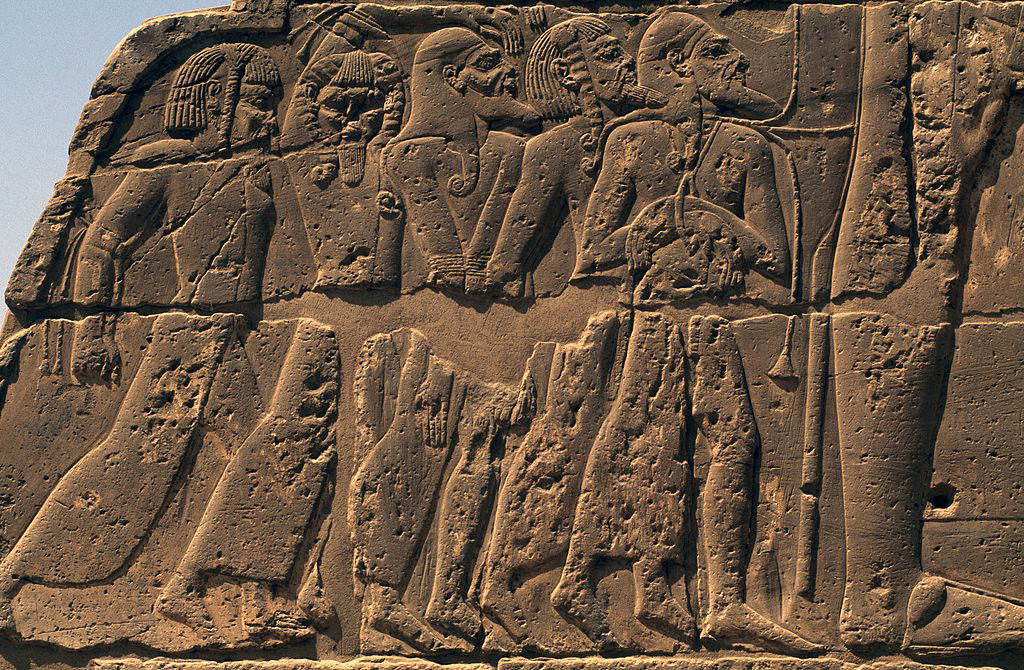
Regarded as the first civilization to emerge from human history, the Mesopotamian civilization was located between the Tigris and Euphrates rivers around what is today modern Iraq, Kuwait, parts of Syria, and Turkey. The region is known for its fertile land, making it an excellent place to begin practicing early forms of agriculture and animal domestication dating back to 10,000 BC.
Mesopotamia is also known for “inspiring some of the most important developments in human history, including the invention of the wheel, the planting of the first cereal crops, and the development of a cursive script, mathematics, astronomy, and agriculture.”
Planning A Wedding In Ancient Rome Was A Nightmare
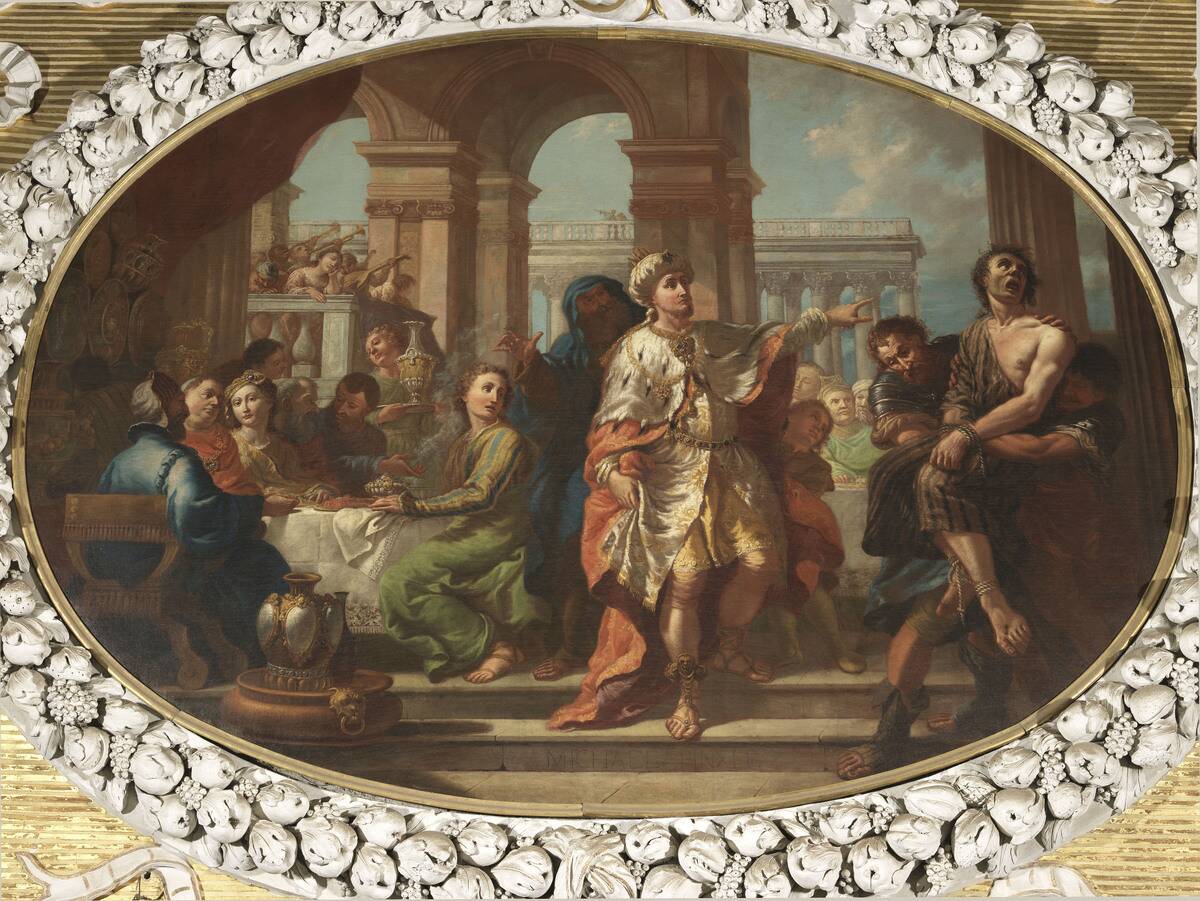
As was often the case in ancient civilizations, Roman society was incredibly superstitious, and this was especially true when it came to marriage. PBS noted that booking a wedding in June was preferred, while booking one in either February or May was considered bad luck.
However, the superstition was even more granular than this, as there were surprisingly few days in each month when a wedding was socially allowed. Those who intended to get married on the first, seventh, and 15th days of a given month (respectively called the Kalends, Nones, and Ides at the time) were likely to find their families forbid it.
Ancient Greek Democracy Wasn’t Quite As It Seemed
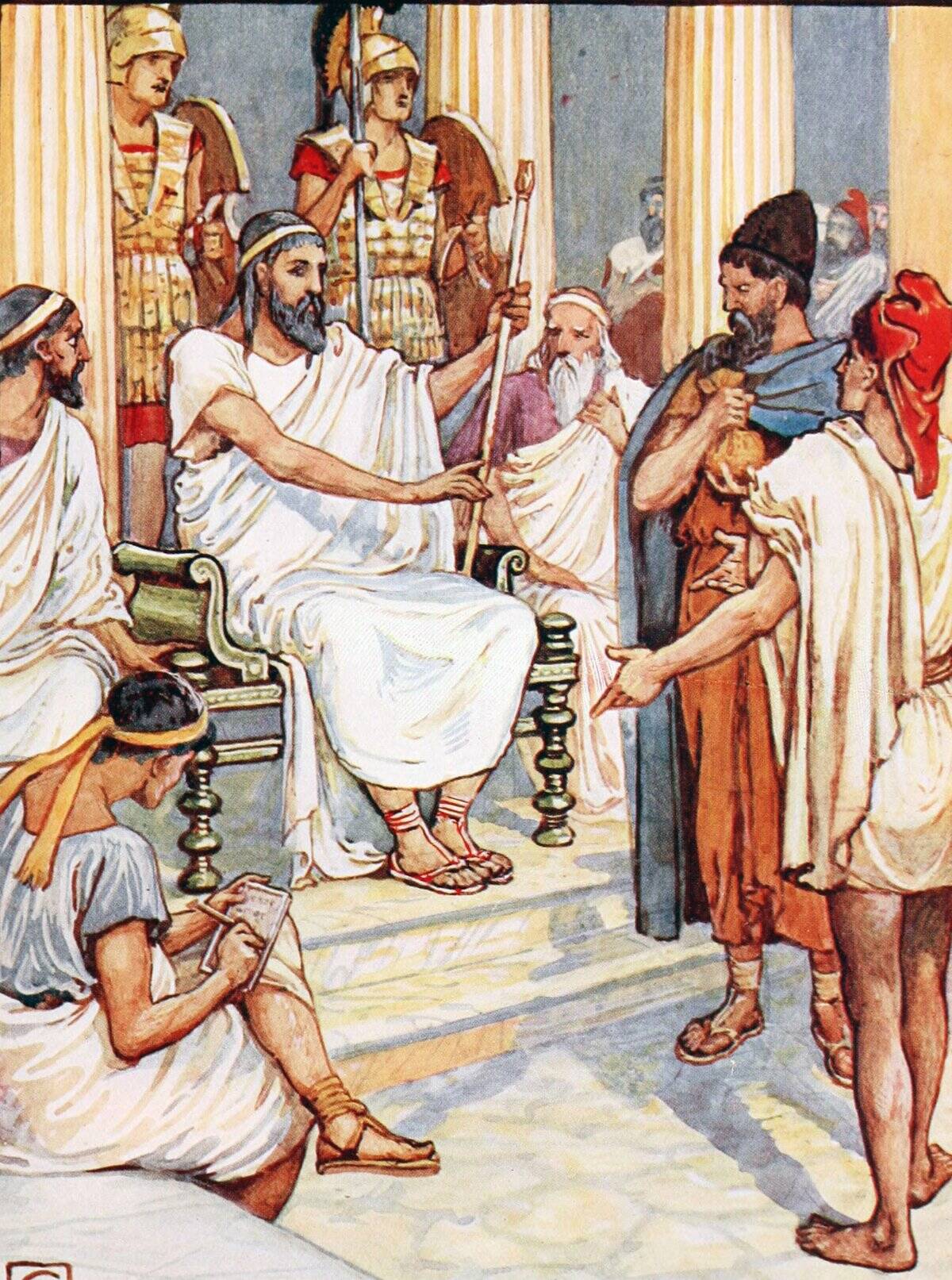
According to The History Channel, the first known democracy emerged in Athens after political reforms introduced by the Athenian leader Cleisthenes took effect in 507 B.C. Yet, while these reforms introduced the high-minded concept of quality before the law, the way this concept was applied was misleading.
After all, far from everyone in Athens was able to enjoy this equality. Indeed, most weren’t because out of the 260,000 people who lived in Athens throughout the following century, only 40,000 of them could vote. That’s because the others were either enslaved, residents from other nations, women, or underage.
The Indus Valley Civilization Had Highly Complex Cities
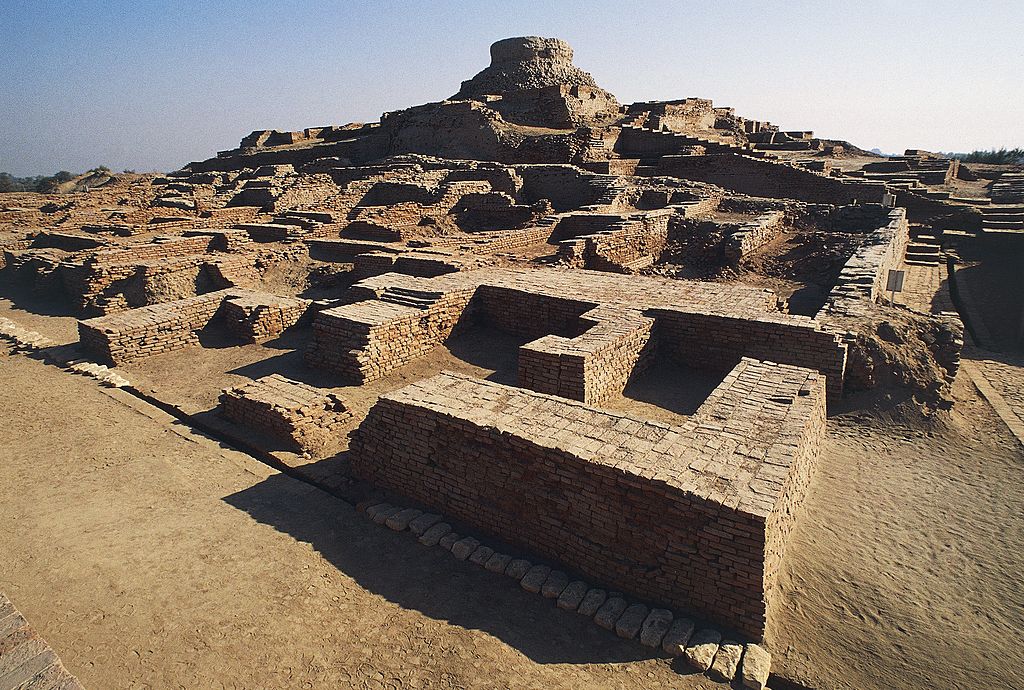
The Indus Valley Civilization, also known as the Harappan Civilization, was a Bronze Age civilization that lasted from 3,300 BC to 13,000 BC. Alongside ancient Egypt and Mesopotamia, it was one of three early civilizations in the regions of North Africa, West Asia, and South Asia.
Of the three, it was the most widespread, ranging from northeast Afghanistan through Pakistan, and even parts of India. The Indus Valley cities are regarded for its complex urban planning, with some of the larger cities being home to up to 60,000 people.
The Maya Were Masters Of Mathematics
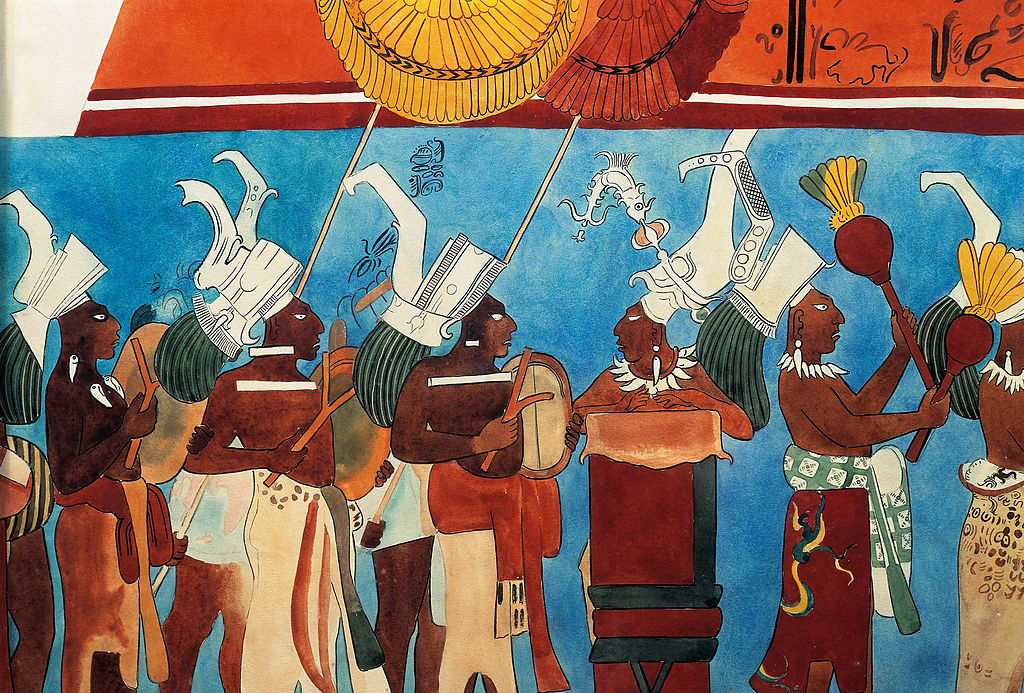
The Maya civilization was a Mesoamerican civilization developed in an area that is now southeastern Mexico, Guatemala, Belize, and the western parts of Honduras and El Salvador. The term “Maya” is used to refer to the people of the region, although it was not used by the Mayans themselves as there was no collective identity among the various populations of the area.
With the civilization lasting from 2000 BC until the Spanish conquest, the Mayan civilization is considered to be one of the most advanced of all time. They are held in regard for their strides in mathematics, astronomy, architecture, culture, and the only Mesoamerican writing system that has been deciphered.
Ancient Egypt Was Truly Spectacular
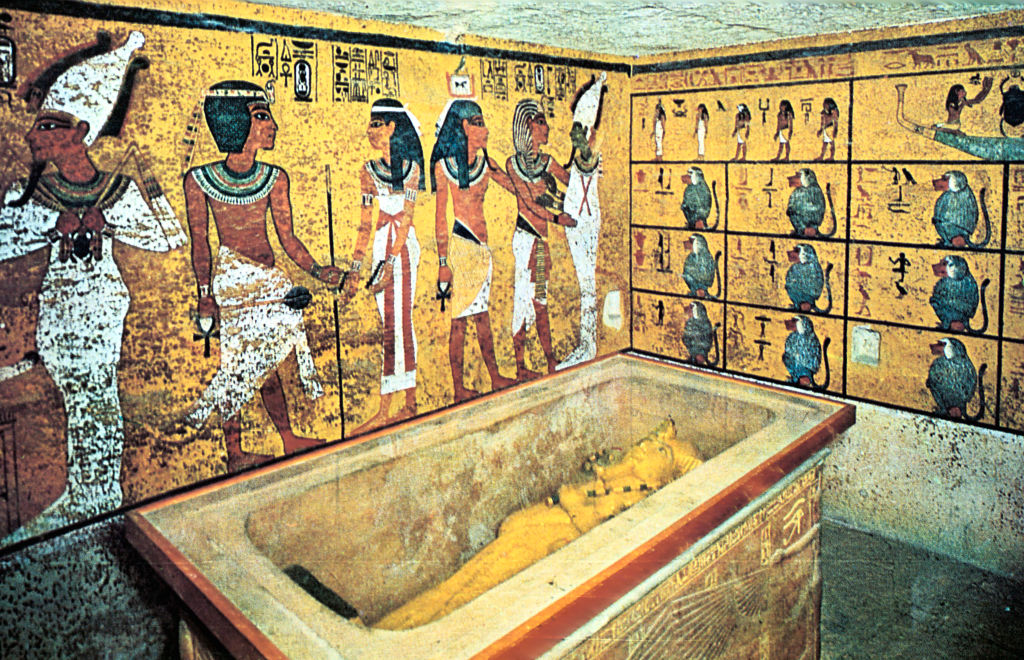
Ancient Egypt is arguably one of the most well-known and researched ancient civilizations in the world. From its unification around 3,100 BC until the conquest of Alexander the Great, Egypt was the most impressive civilization in the area around the Mediterranean. Relying heavily on the Nile River, ancient Egypt was an incredibly fertile area, allowing its population to flourish.
The ancient Egyptians are also known for their accomplishments in architecture, such as the Great Pyramids and other monuments, a system of writing and mathematics, the arts, and numerous other technical fields. After reaching its height during the New Kingdom period, it began to slowly decline until it fell to the Roman Empire in 30 BC.
The Incan Empire Was Massive
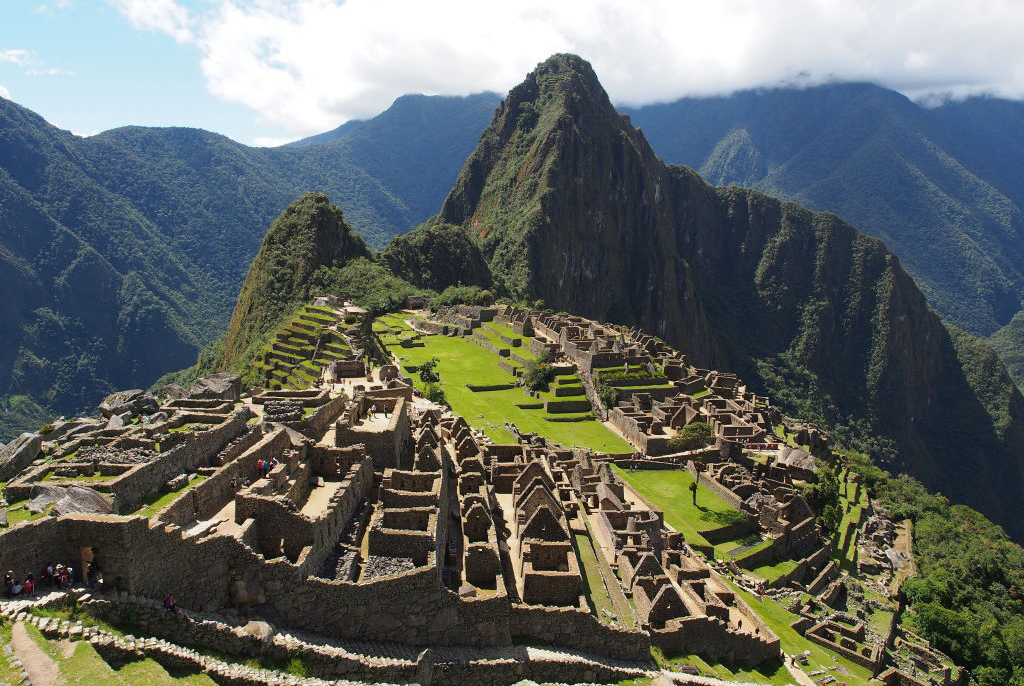
The Incan Empire was the largest pre-Columbian empire in South America. It was located in present-day Ecuador, Peru, and Chile, with its epicenter being in Cusco, which is in Peru. Although there were many forms of worship, the Incas encouraged the worship of the sun god Inti, and believed that their king, the Sapa Inca, was the “sun of the sun.”
However, the Incas are also known for lacking many features of older civilizations, such as the use of the wheel, a writing system, iron, and steel, yet still managed to build one of the greatest empires in human history. They left behind many architectural wonders such as Machu Picchu and the city of Cusco.
The Romans Changed The World
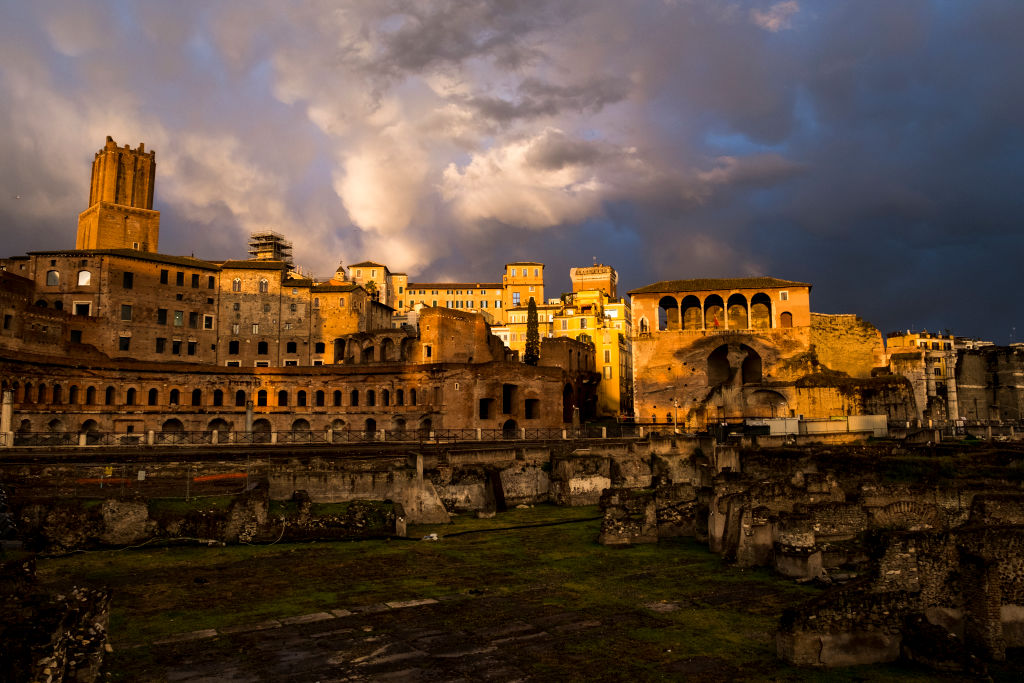
Ancient Rome is a civilization that began with the founding of the city of Rome in the 8th century BC until the collapse of the Western Roman Empire in the 5th century AD. Rome grew to become one of the largest empires in the ancient world with an estimated 50 to 90 million subjects and covered more than three million miles.
Besides being one of the largest empires, Ancient Rome is revered for its countless contributions to politics, religion, language, the arts, mathematics, engineering, and more. Out of Rome also came some of the most well-known names in history such as Julius Caesar.
Aboriginal Australians Might Be The Oldest Civilization On The Planet
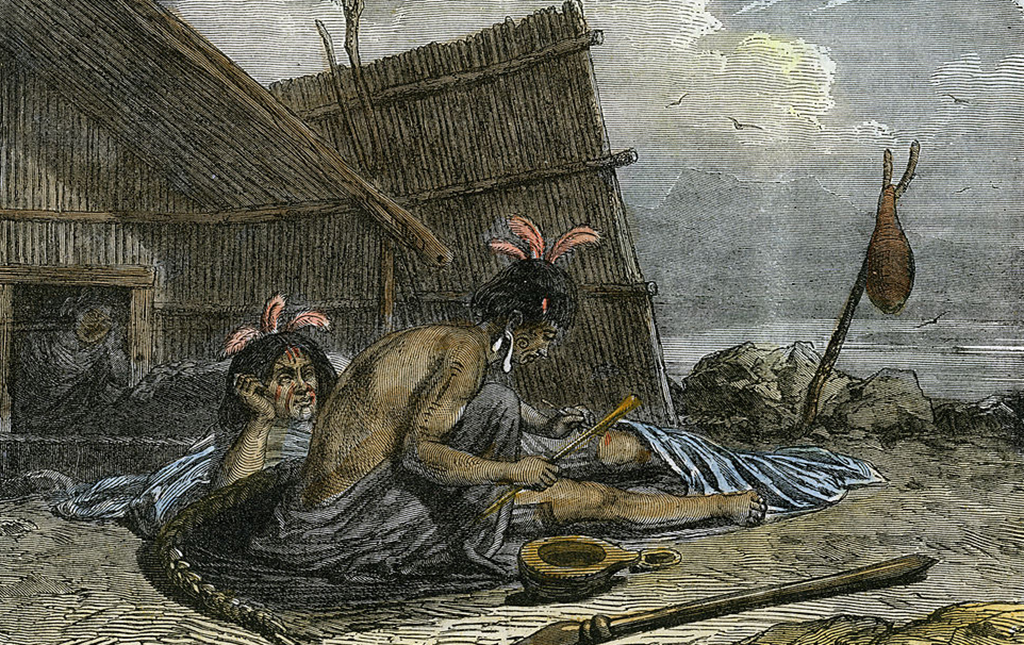
Although many people claim that Mesopotamia is the oldest civilization in history, some researchers argue that Aboriginal Australians hold that title. Aboriginal Australians are the various indigenous people of the Australian mainland and its surrounding islands such as Tasmania, Fraser Island, Hinchinbrook Island, Tiwi Island, and Groote Eylandt.
These indigenous people have populated Australia for over 50,000 years, and it’s believed that modern Aboriginal people are the direct descendant of migrants who left Africa 75,000 years ago. They have occupied the same territory longer than any other human population, establishing an impressive culture over thousands of years.
The Persians Built The Largest Ancient Empire
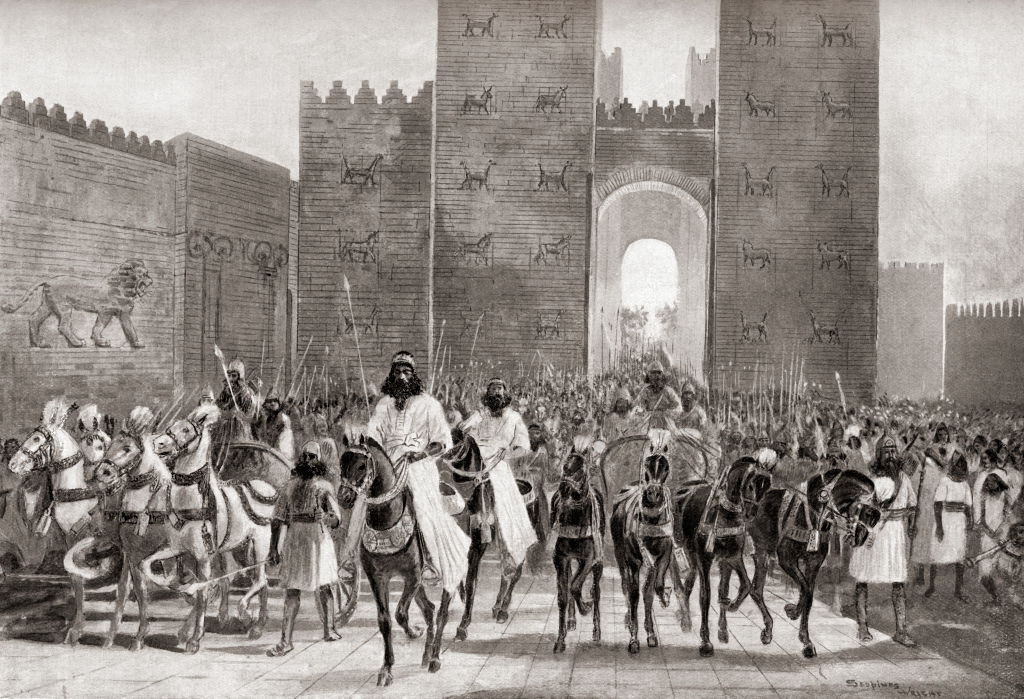
Beginning in 550 BC, the Persian Empire was forged by a series of Persian kings beginning with Cyrus II, who began drastically expanding the kingdom. Between 550 and 331 BC, Cyrus II had built the largest empire ever recorded in ancient history. The empire covers what is now Egypt, Iran, Turkey, Northern India, and areas of Pakistan, Afghanistan, and Central Asia.
The early Persian Empire was known for its tolerant belief system, as well as great advances in architecture, metalworks, and military tactics. They also left behind the Royal Road, which ran from the Aegean Sea to Iran, connecting several cities over 1,500 miles.
The Aztecs Were Masters Of Architecture
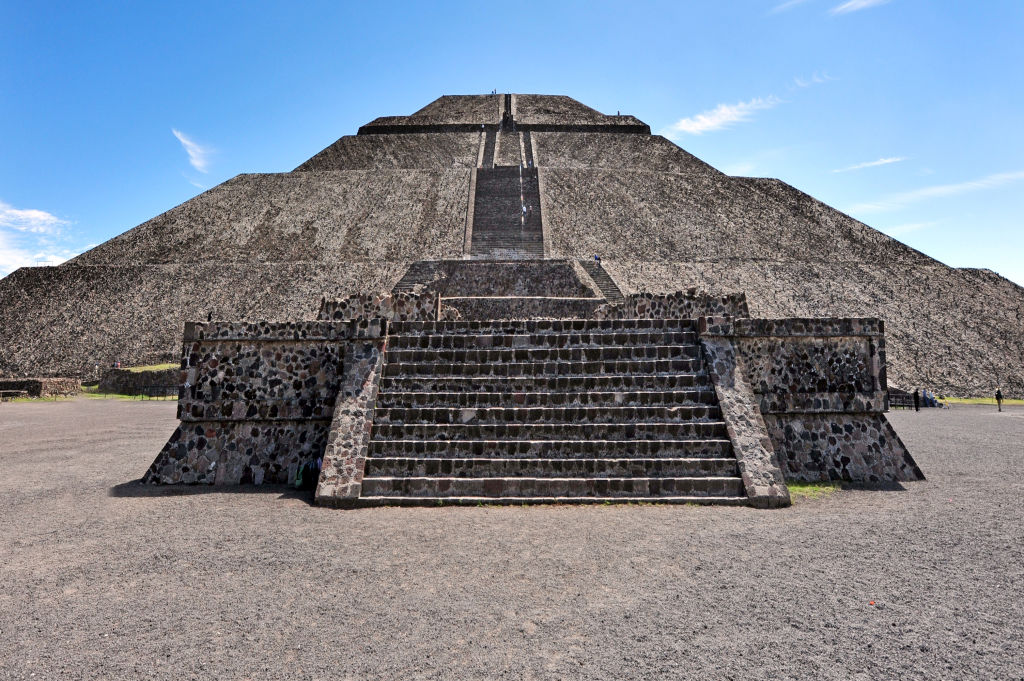
Although the Aztecs weren’t considered to be an ancient civilization by European standards, they are still one of the earliest and most organized civilizations in the Americas. It was a Mesoamerican culture in central Mexico that thrived from 1300 to 1521.
The Aztec culture was divided into city-states, with the Aztec Empire, which was established in 1427, was a grouping of three major city-states. The Aztecs were highly skilled in agriculture and trade and were renowned for their architecture, which is considered to be some of the finest ever constructed in the Americas.
Ancient Egyptians Shaved Their Heads For A Reason
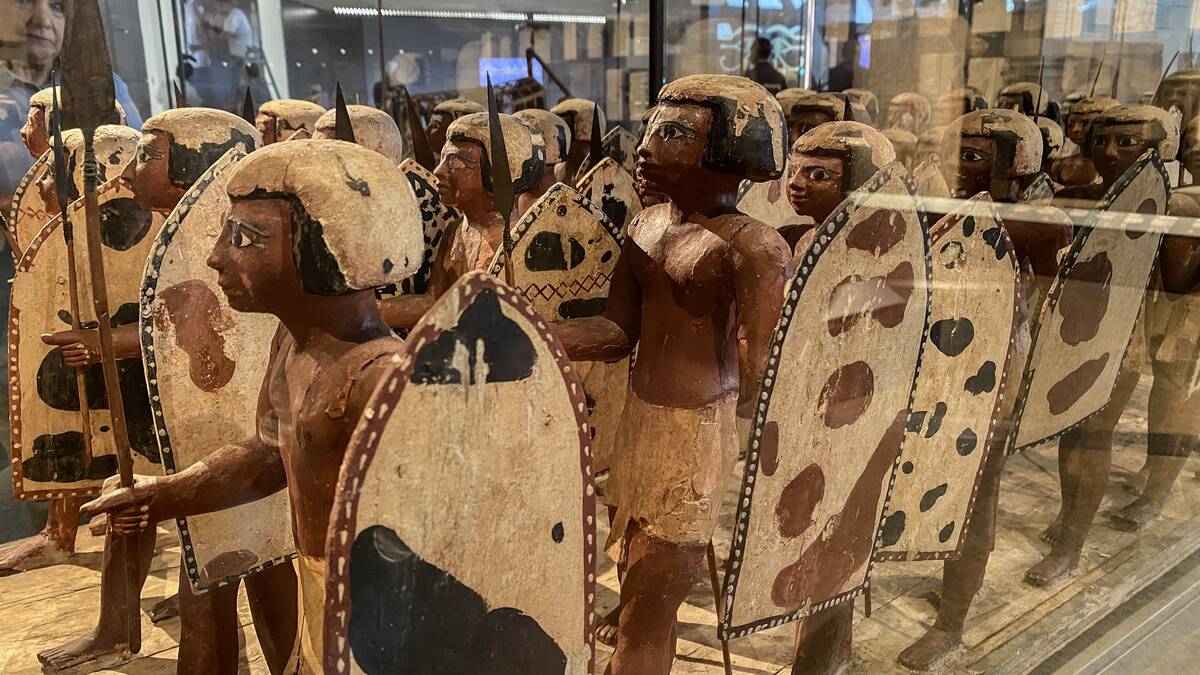
According to a 2019 article in the International Journal of Trichology, wigs were hard to make in ancient Egypt, which made affording them a sign of nobility. Indeed, they were highly prized because they protected their shaved heads from the sun.
As it turned out, people of all social class stations and genders tended to shave their heads in ancient Egypt. This was due the abundance and severity of head lice at the time, for which head shaving was considered the most effective means of prevention.
The Ancient Greeks Paved The Way For Western Society
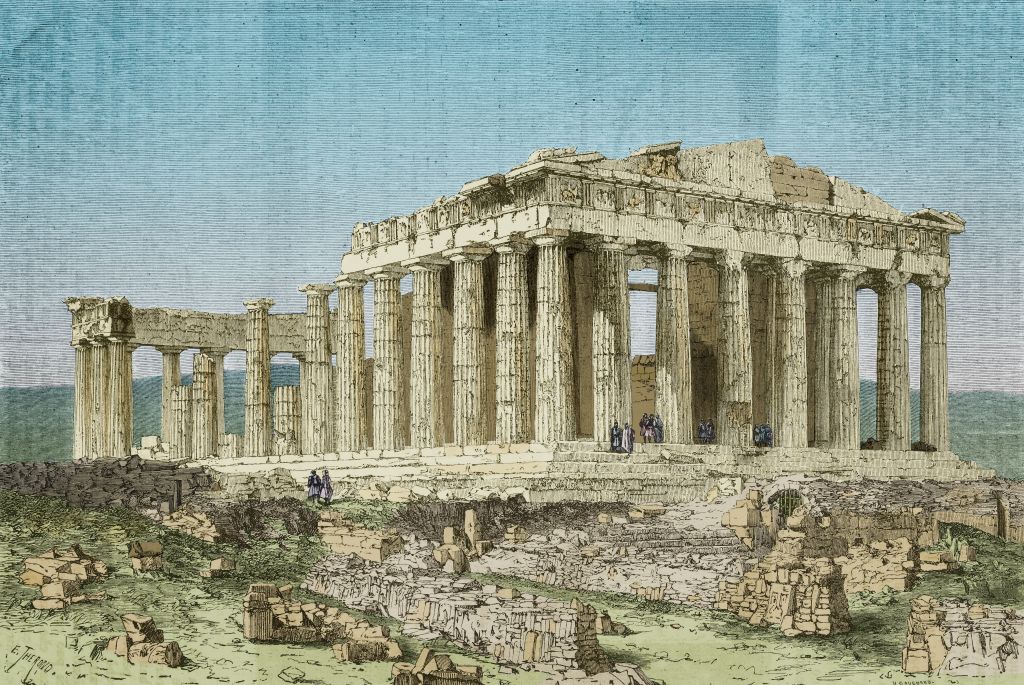
Ancient Greece was a civilization that began with the Greek Dark Ages (12th-9th century BC) until the end of antiquity in 600 AD. Three centuries after the Late Bronze Age collapse of Mycenaean Greece, cities began to form and populate areas around the Mediterranean Basin.
Classical Greek culture had a significant influence on ancient Rome, which then carried into other parts of the Mediterranean Basin as well as Europe. Because of this, Greece is considered to be the foundation for Western society in terms of religion, philosophy, government, education, art, and more.
Jiahu Was A Small But Complex Settlement
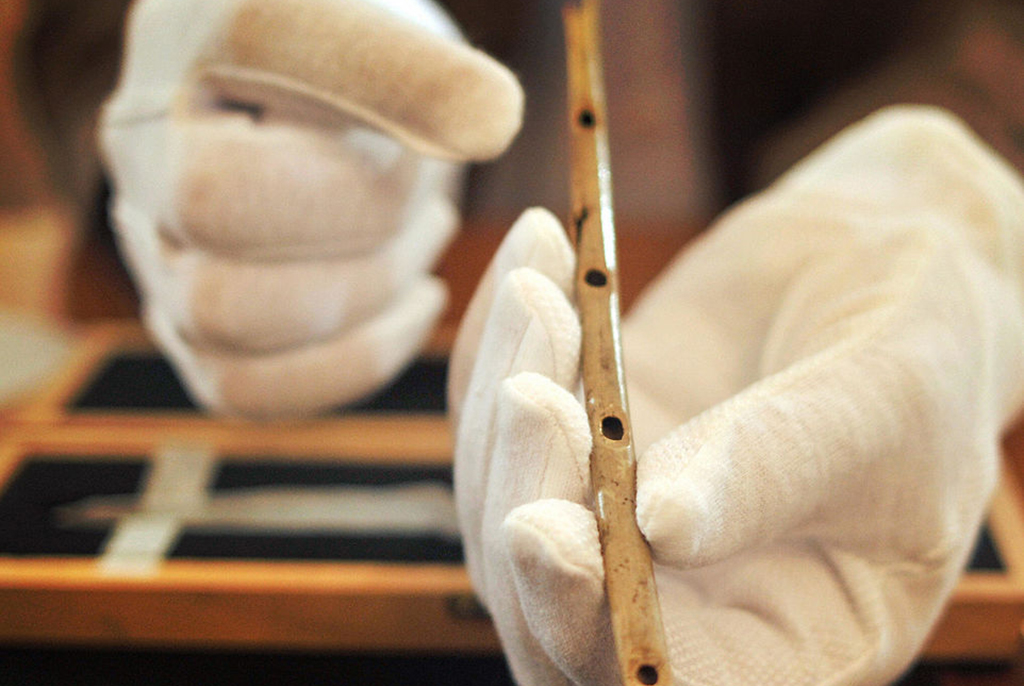
Jiahu was the location of a Neolithic settlement of ancient China near the Yellow River. Upon its discovery, archaeologists have claimed that the settlement is one of the earliest examples of the Peilgang culture. The settlement was founded around 7000 BC, although it was eventually flooded and abandoned around 5700 BC.
Regarded as a “complex, highly organized Chinese Neolithic society,” it is believed to have had anywhere between 250 and 800 inhabitants. At the site, archeologists have uncovered symbols that appear to be examples of proto-writing, and what is believed to be some of the oldest playable instruments and earliest types of wine.
The Danubian Culture Is Still A Great Mystery
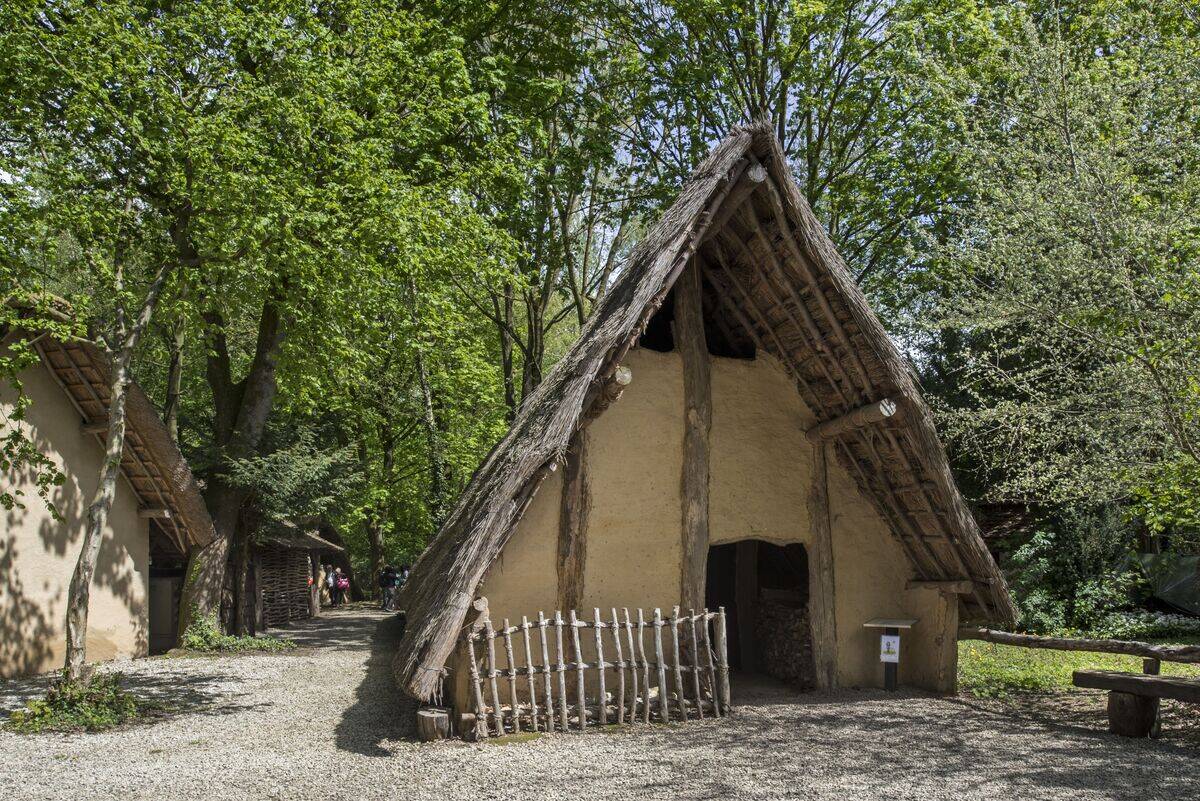
Before even the ancient Egyptians built their massive pyramids, there was a nameless civilization that dates back to 5500 BC, located near the Balkan foothills and the Lower Danube Valley. Now referred to as the Danubian culture, over 1,500 years, these people raised towns and were perhaps the most advanced civilization of their time.
The society was known for creating “goddess” figurines and burying their dead with costly treasures. Although not much is known about the civilization, it’s clear that it came to a screeching halt after mass graves were discovered around the time the culture began to disappear.
The Ancient Chinese Were Ahead Of Their Time
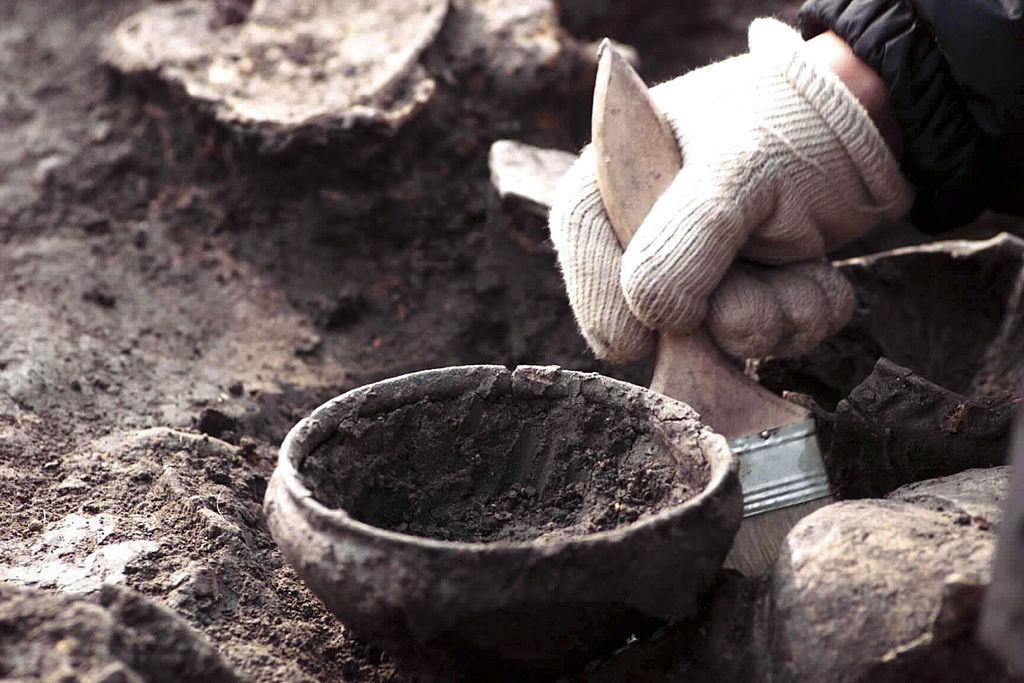
Although China has always been one of the more prominent and progressive societies throughout history, it had humble beginnings like many others. Although they started in small neolithic villages, it wasn’t long before civilization began to form along the Yellow River in 1600 BC.
Over time, the ancient Chinese were the first to weave silk, press paper, as well as invent the compass, printing press, discover gun powder, and more. Although the Chinese civilization has drastically changed over time, it remains one of the world’s longest-lasting civilizations.
The Minoans Were One Of The First Advanced Civilizations In Europe
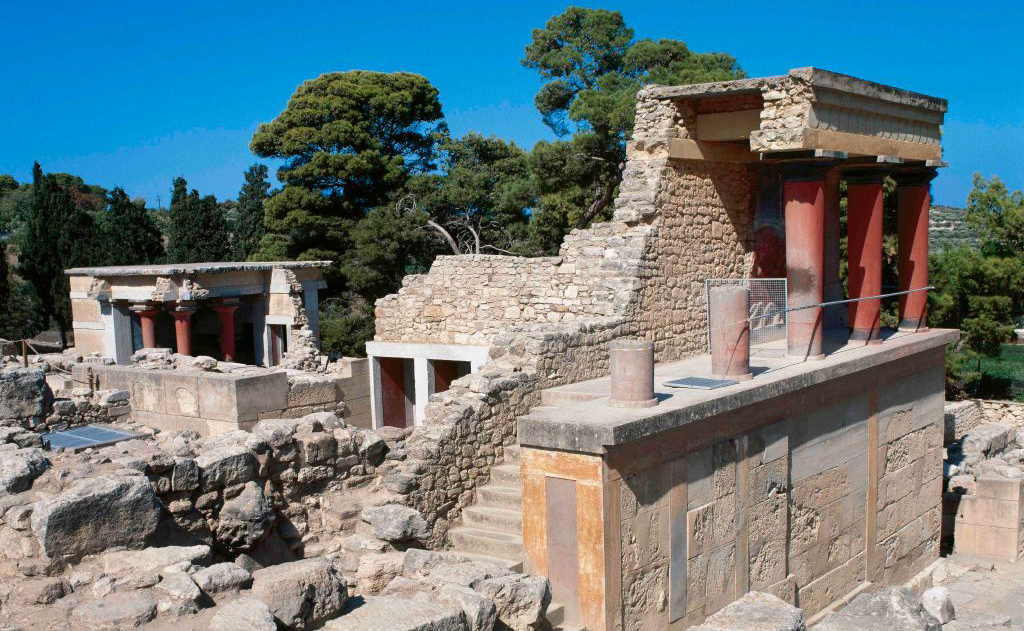
Located on the island of Crete and other Aegean islands, the Minoan civilization flourished from 1200 BC to around 1450 BC before finally coming to an end in 1100 BC. It is considered to be one of the first advanced civilizations in Europe and left behind impressive buildings, artwork, writing systems, and more for us to analyze.
The civilization was rediscovered in the early 20th century and amazed archaeologists with its massive palaces complete with plumbing systems and intricate decorations. On top of their skill in architecture, the Minoans also had a vast trade network that went so far as the old Kingdom of Egypt
The “Ain Ghazal Culture Went From Hunter-Gatherers To A Society

‘Ain Ghazal, which translates to mean “the spring of the gazelle” in modern Arabic, was a neolithic society beginning in 7200 BC that is a perfect example of the transition from hunter-gatherer communities to staying in one place. The ‘Ain Ghazal civilization emerged from this shift in what is now modern-day Jordan.
It’s believed that the first major settlement had around 3,000 people and would survive for centuries. The area settled was decorated in figures made from plaster, and would even put the plaster on the faces of their dead. Today, this culture is studied by researchers to see how early civilizations were formed.
Ancient Greek Men Tended To Exercise Nude
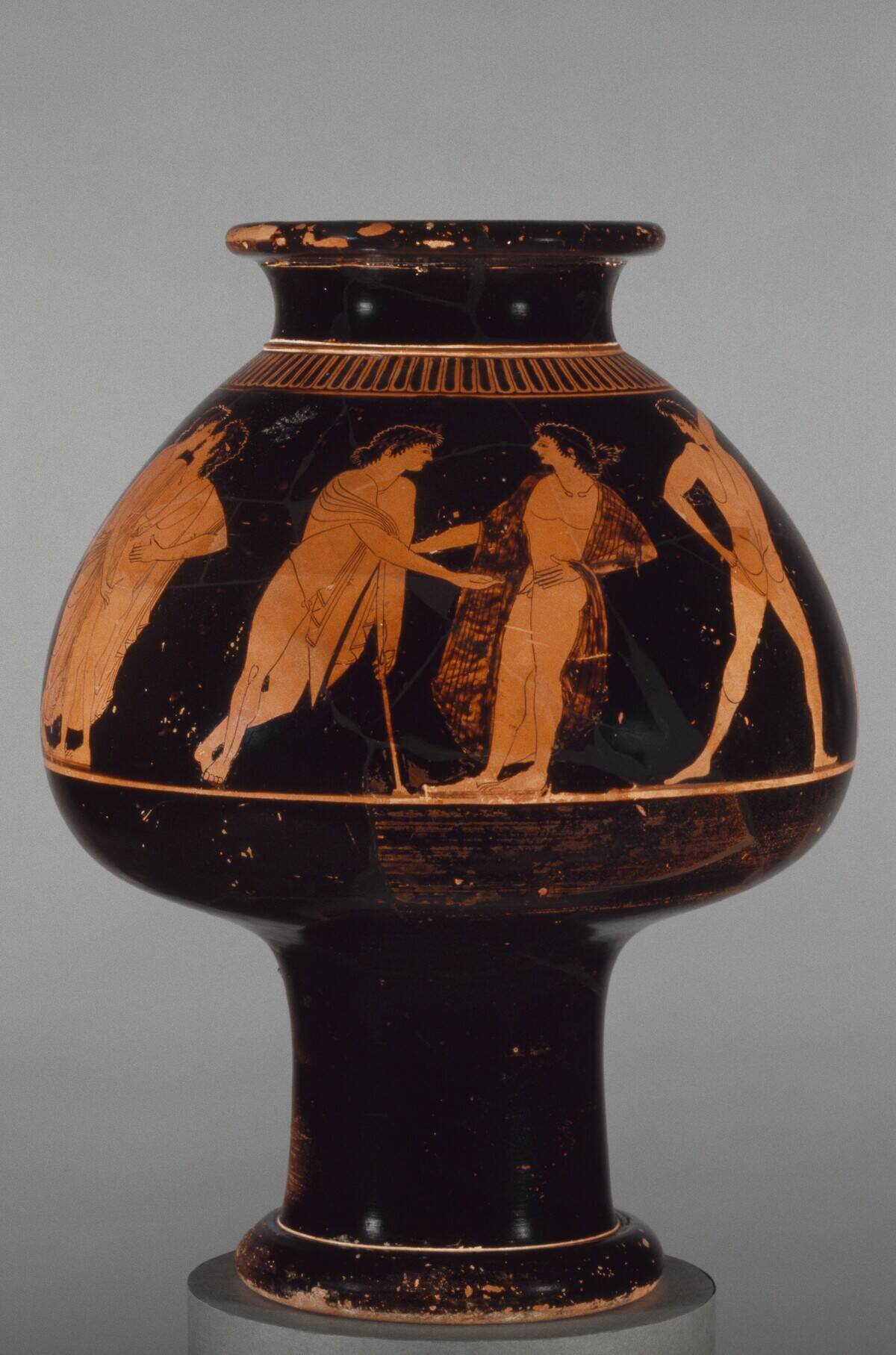
As the The University Of Toronto explained, ancient Greek society praised physical fitness to the point that the Olympic Games were considered as religiously important as they were athletically important. However, the need to see and appreciate the ideal male body at the time was hardly limited to the Olympics.
Indeed, it would be considered strange to enter a public gymnasium in ancient Athens and see anyone working out with clothes. Not only was this ideal aesthetic expected to be achieved, but it was expected to be seen as achieved. This meant men were typically expected to conduct even day-to-day exercise in the nude.
Women Fared Better In Ancient Egypt Than Anywhere Else
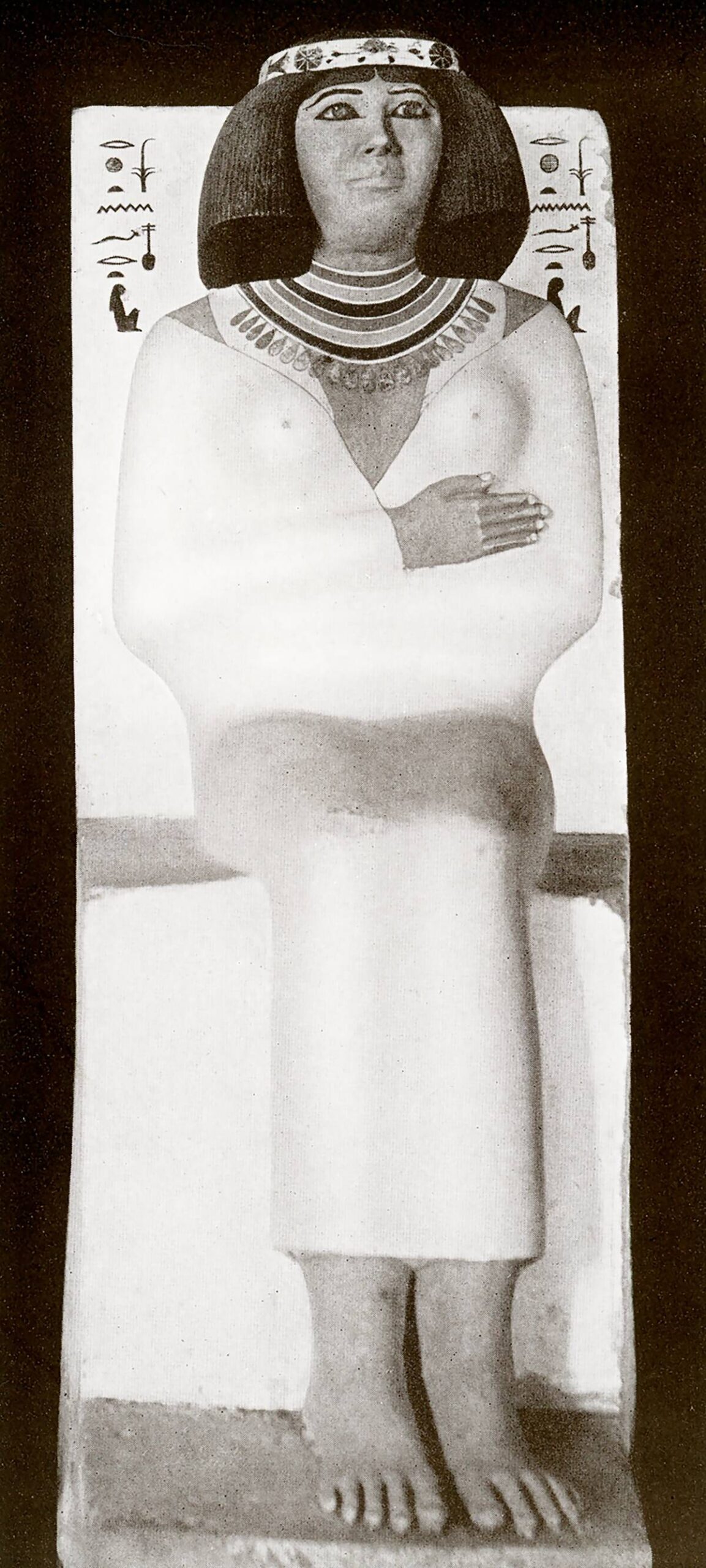
Although it’s true that most ancient civilizations treated women as second-class citizens, ancient Egypt was surprisingly progressive (at least at the time) in this regard. While it may not seem so surprising by modern standards that women were not deterred from owning property, work in skilled trades, or manage farms, it often took other parts of the world hundreds if not thousands of years to catch up to ancient Egypt’s examples.
Moreover, this respect for women was a fundamental aspect of ancient Egyptian society, rather than something that happened out of necessity. Marriages were considered bonds between (at least relative) equals and the titles of “wife” and “mother” carried far more respect than elsewhere in the world.
There Was A Ritual For Rejecting Newborns In Rome
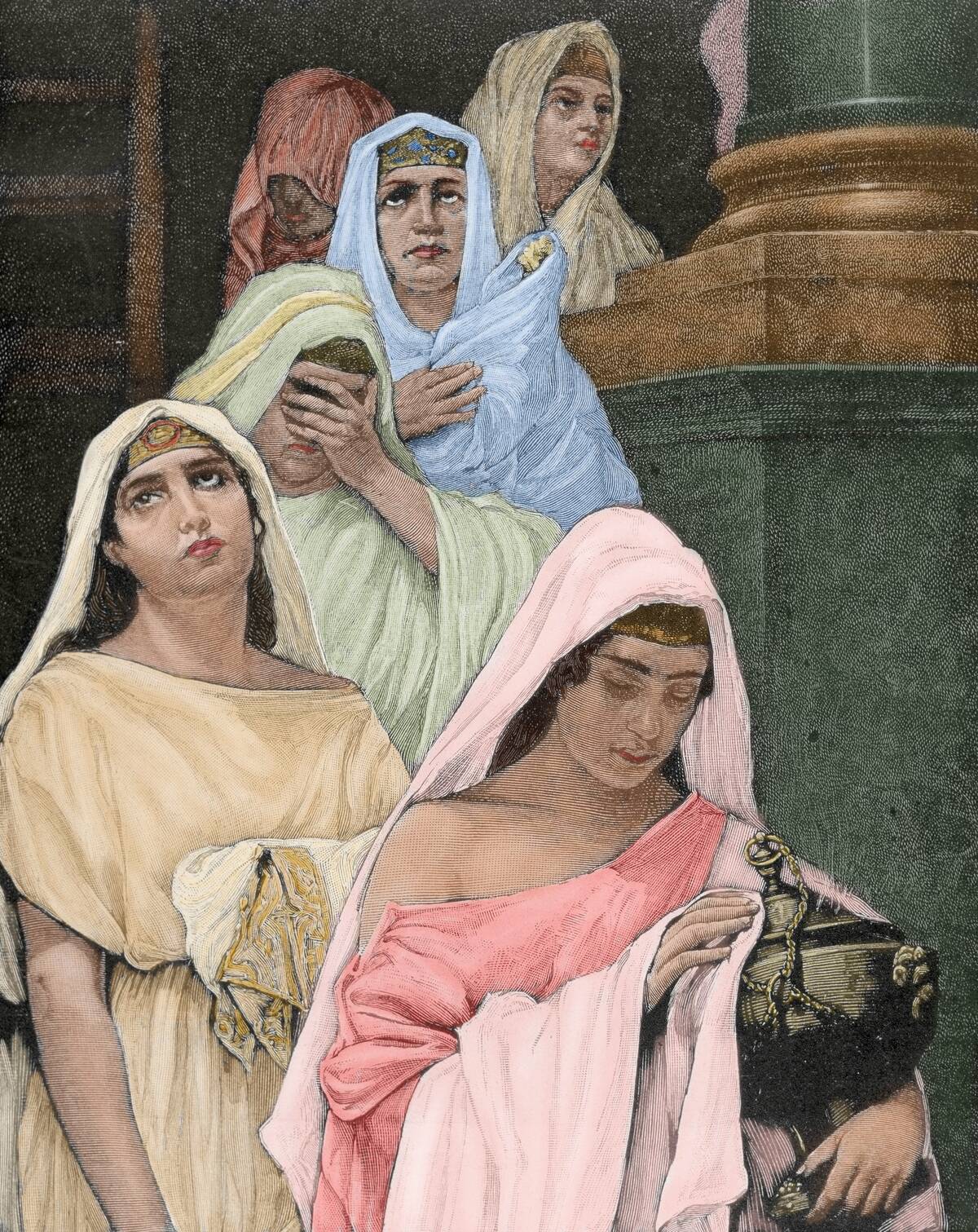
In ancient Rome, domestic matters were considered wife’s responsibility as they were in ancient Greece, with the difference that Roman women tended to have more authority in her decisions about the household. However, the biggest exception to this paradigm concerned what happened after a new child was born.
According to PBS, a midwife would lay the baby on the floor. If the father picked the newborn up, they would be welcomed into the family. If the father chose not to for whatever reason, that baby was abandoned to a designated location, where they would then be raised in slavery.
The Çatalhöyük Settlement Is A Sight To Behold
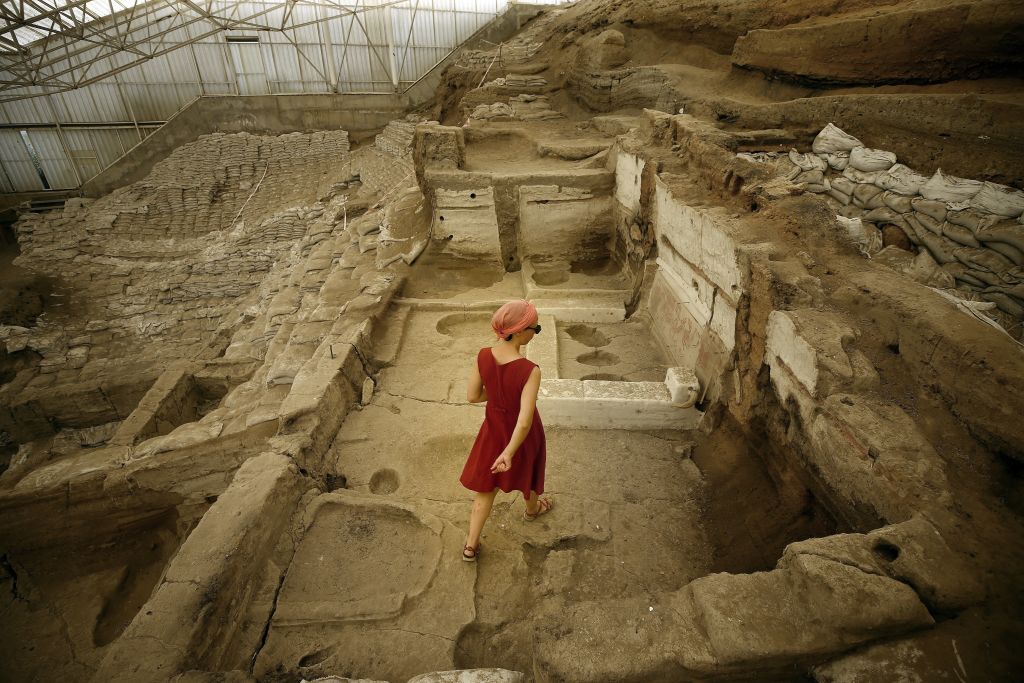
Established around 7500 BC, the Çatalhöyük settlement is built on the Konya Plain in Turkey. The Çatalhöyük settlement is most notable for being an incredibly old example of an urban civilization that primarily relied on agriculture in order to survive, possibly the oldest in the world.
With no windows or doors except an entrance through the roof, the Çatalhöyük houses were grouped together like modern neighborhoods. The city also showed little distinction in social class, lacking monuments or bigger houses, leading researchers to assume that the community was based on equality.
The Phoenicians Took To The Sea
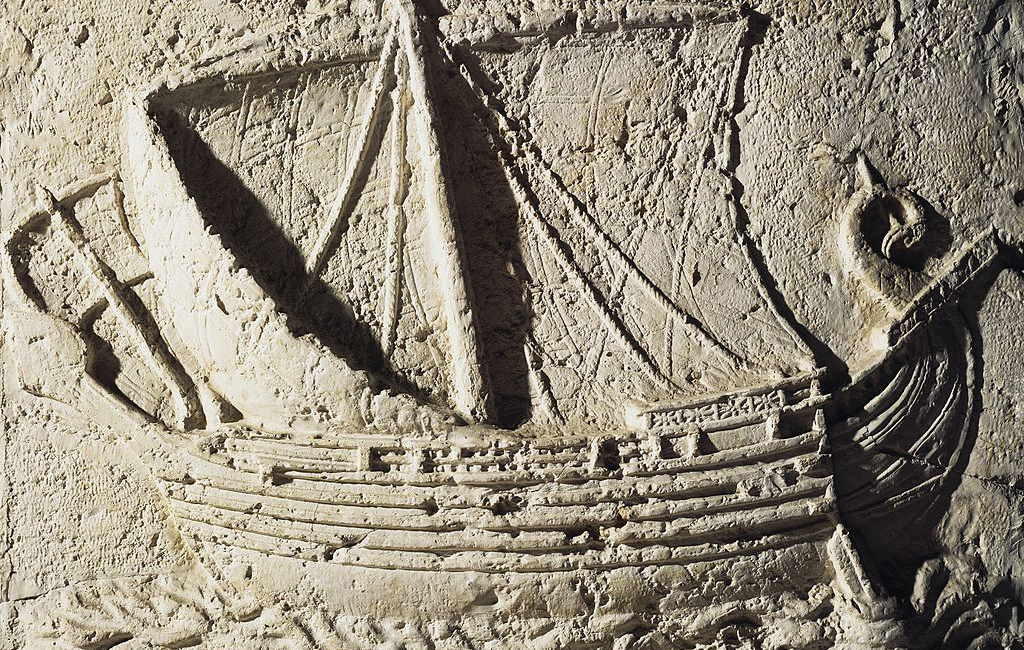
Existing around 3200 BC, the Phoenicians were an ancient civilization that was known for its culture centering around sailing and trade. The society was split up among city-states that were located on the Mediterranean coastlines of Northern Israel, Syria, and Lebanon.
On top of being some of the best shipbuilders at that point in history, they were also incredible navigators, able to reach ports as far away as Mesopotamia and even Britain. On top of bringing riches and goods on their ship, it’s also believed that the Phoenicians brought the alphabet to Greece.
The Hattians Lived In Modern-Day Turkey
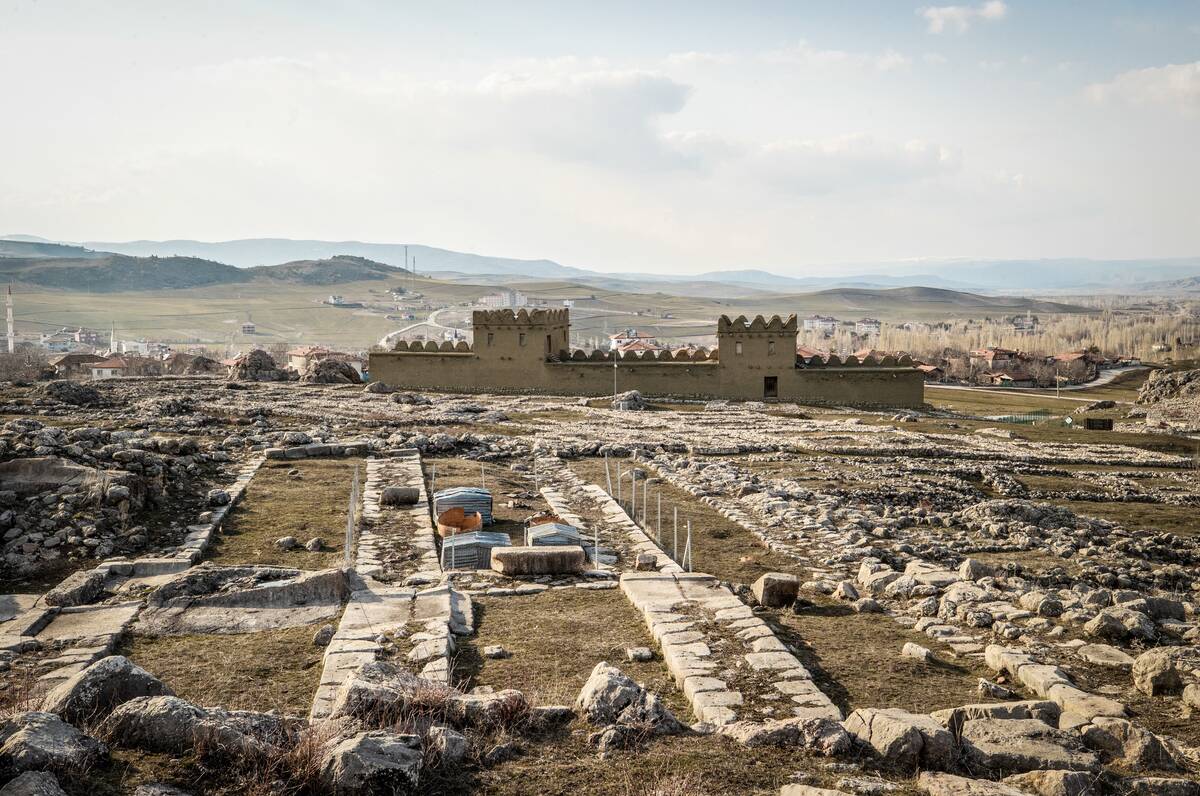
The Hattians were an ancient people that lived in central Anatolia, which is modern-day Turkey. They were believed to date back as far as the empire of Sargon of Akkad (around 2300 BC), before being absorbed by the Indo-European Hittites.
The Hattians were organized into city-states and small kingdoms, which were ruled in a theocratic fashion. The Hattian religion has traces to the Stone Age and involved worshiping the Earth who takes the shape of a mother goddess, and it’s believed that the people survived up until the 14th century BC.
The Osirian Civilization Vanished

Believed to have predated the ancient Egyptians, the Osirian civilization existed in the Mediterranean region, although not much is known about it. However, it is believed that they managed to build the first earthquake-resistant buildings in the area.
Much like the rumored city of Atlantis, it is believed that the city was washed away by the Mediterranean, and there is little left for historians to study. The Minoan and Mycenaean cultures are believed to have stemmed from the Osirians.
The Mongol Empire Essentially Ruled The World
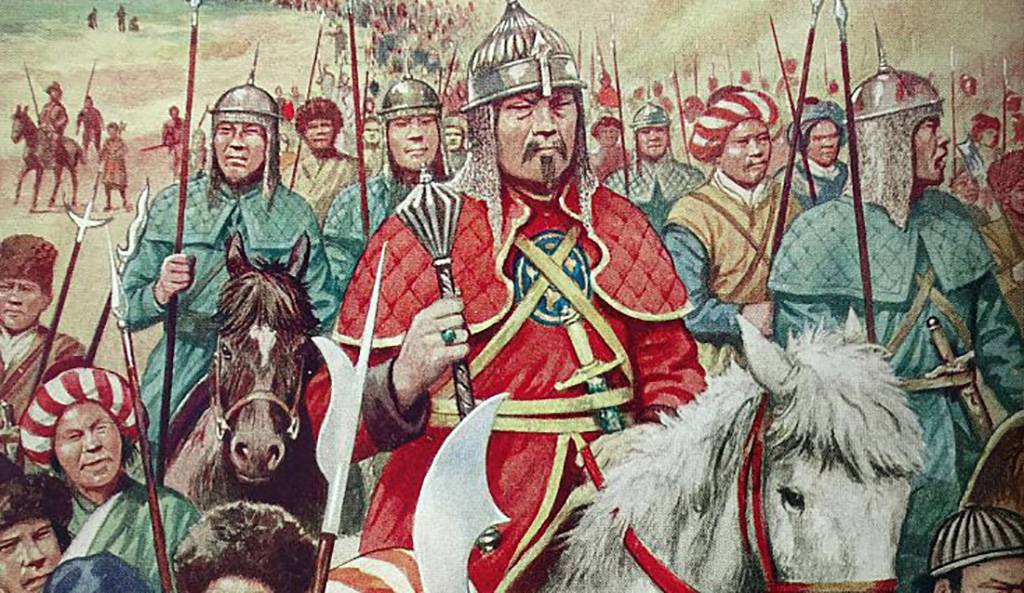
During the 13th and 14th centuries, the Mongol Empire was the largest contiguous land empire in human history. Forming in Mongolia in East Asia, the empire eventually expanded from Eastern Europe and other parts of Central Europe to the Sea of Japan, as far as to parts of the Arctic, as well as the Indian subcontinent, Mainland Southeast Asia, and the Iranian Plateau.
The empire was forged under the unification of several Mongol nomadic tribes under the leadership of Genghis Khan, and vastly grew under his successors who were known for their ruthlessness and skill in warfare.
The Aegean Civilization Is Associated With The Bronze Age
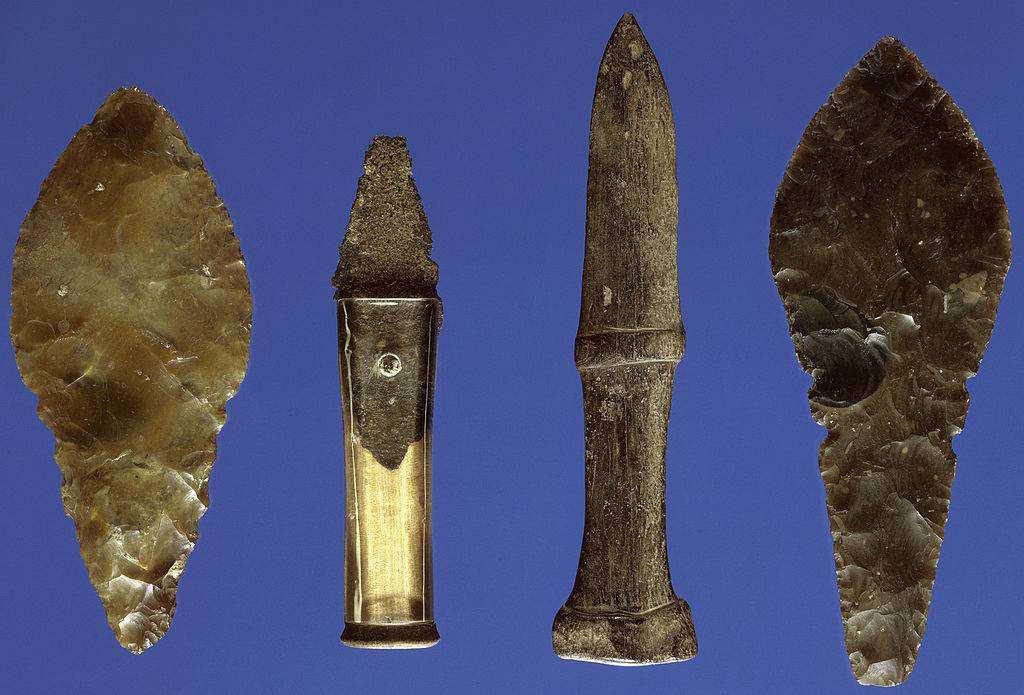
The Aegean civilization is a blanket term for the Bronze Age civilizations of Greece located around the Aegean Sea. They are defined by the three interacting geographical regions that include Crete, the Cyclades and the Greek mainland.
Crete is associated with the Minoan civilization from the Early Bronze Age, the Cyclades are associated with the mainland during the Minyan period and with Crete in the Middle Minoan period. Impressively, the Aegean farming groups brought agriculture to Western Europe before 5,000 BC.
The Ancestral Puebloans Were Skilled Housmakers
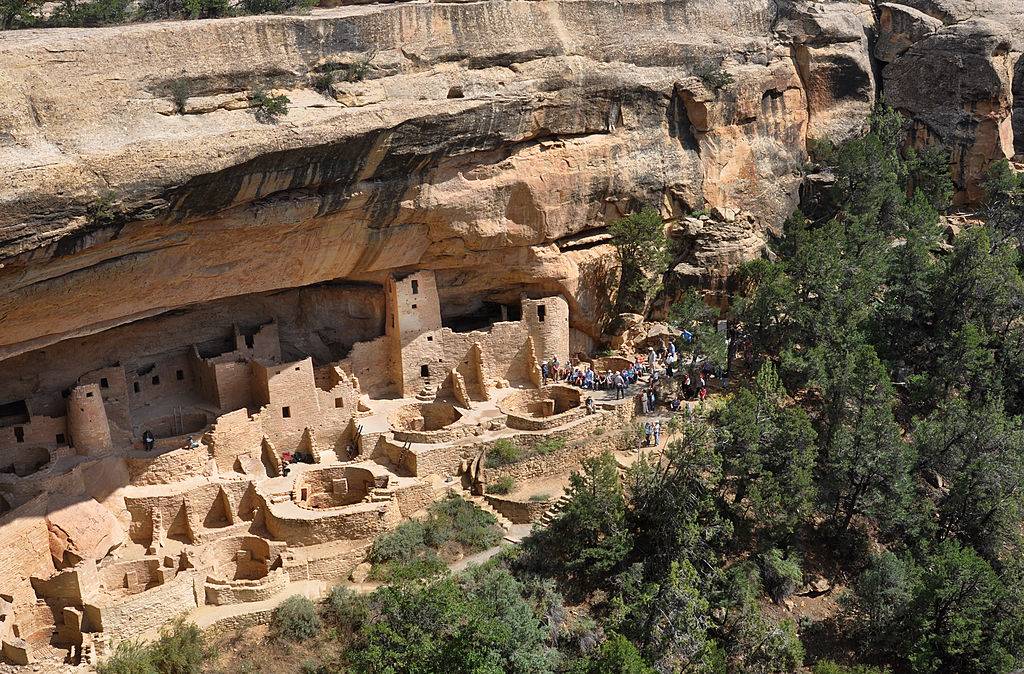
Dating back from 7000 – 1500 BCE, the Ancestral Puebloans were an ancient Native American culture that lived in an area spanning the present Four Corners region of the United States comprising of Utah, Arizona, New Mexico, and Colorado. They are believed to have developed from the Oshara Tradition, and therefore the Picosa culture.
They are known for living in a series of structures from small family houses to grand pueblos, usually along cliffs for defense. They were also knowledgeable in celestial science which they demonstrated in their architecture.
The Chavín Culture Is Named After An Archeological Site

The Chavín culture is an extinct, pre-Columbian civilization named after Chavín de Huantar, the leading archaeological site where artifacts have been discovered. The culture was developed from 900 BC to 200 BC in the northern Andean highlands of Peru, extending their influence along the coast.
The Chavín de Huantar is believed to have been built around 900 BC and acted as the religious and political center of the Chavín people. Today, it has been established as a Unesco Wolrd Heritage Site.
Ancient Carthage Was A Maritime Power
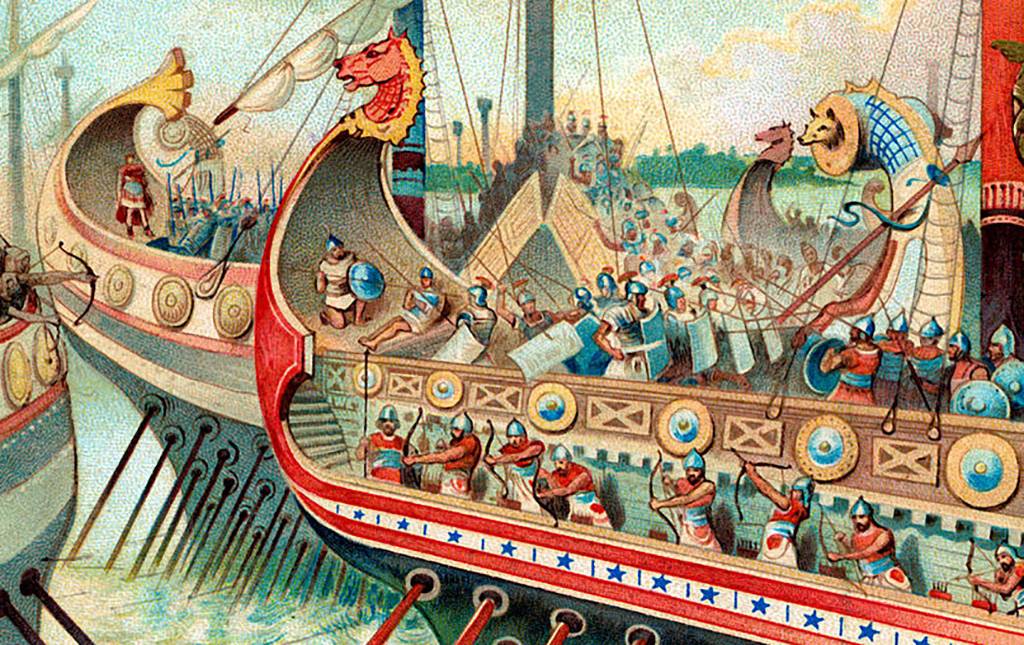
Ancient Carthage was an ancient city-state and civilization located in what is now modern-day Tunisia. The civilization was founded in 814 BC as a colony of Tyre, yet over the years, it grew to develop into what we now call the Carthaginian Empire.
They were known as a major maritime power that dominated much of the western Mediterranean until the mid-third century BC. Their power also led to conflict with several other cultures, including Rome, resulting in the Punic Wars (264-146 BC), which almost led to Rome’s destruction.
The Thule Developed Canada
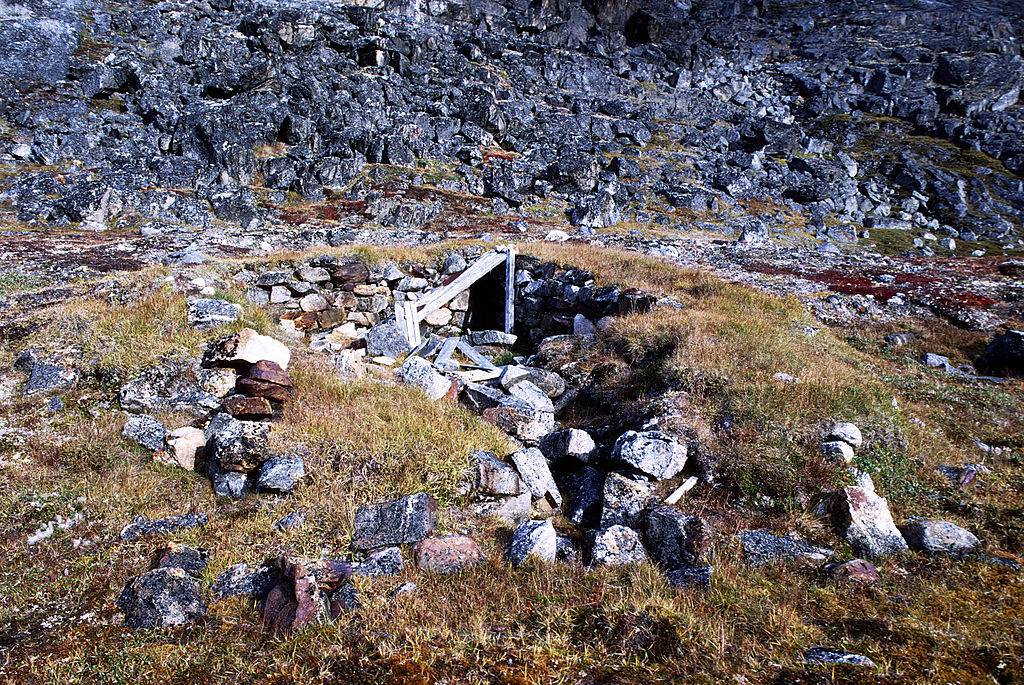
The Thule, otherwise known as the proto-Inuit were the ancestors of all modern Inuit culture. By 1,000 AD, they had developed in coastal Alaska, eventually reaching Greenland by the 13th century.
During this period, they replaced the earlier Dorest culture with the name “Thule” originating from the location of Thule in northwest Greenland, facing Canada where archaeological remains of the people were first found at Comer’s Midden. The connection between the Thule and the Inuit are linguistic, biological, and cultural.
Yayoi Culture Is Part Of Ancient Japan
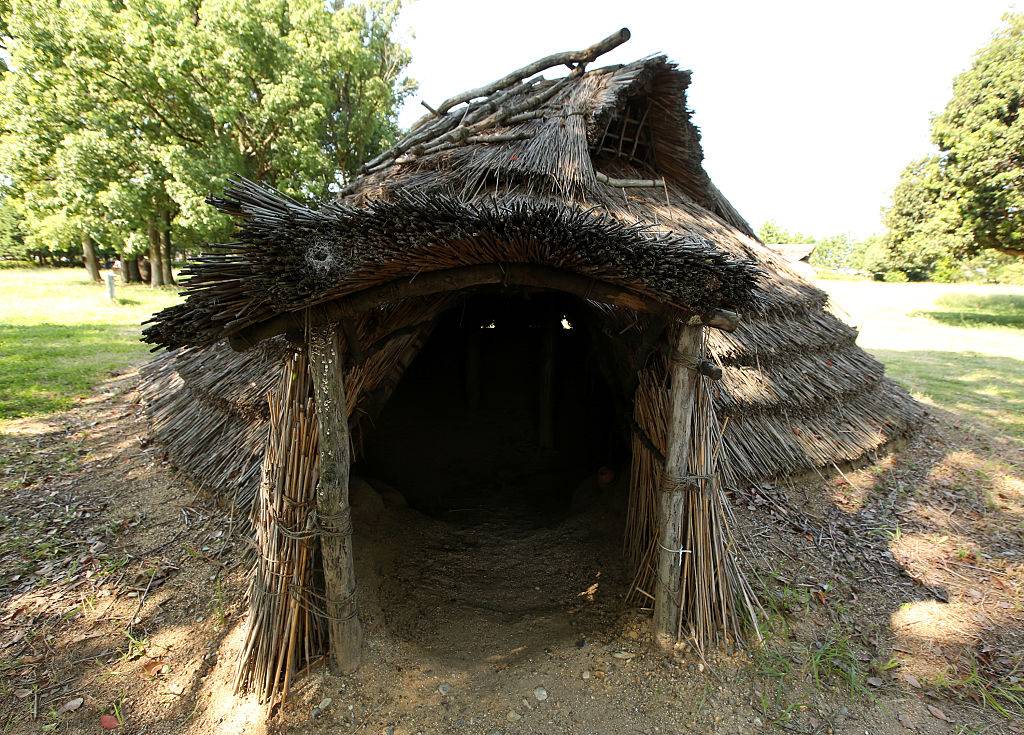
Yayoi culture, ranging from 300 BC to 250 AD, is a prehistoric Japanese culture following the Jōmon culture. It is named after the district in Tokyo where the first artifacts were found in 1884. Originally, the culture came from the southern Japanese island of Kyushu before spreading northeast toward the Kantō Plain.
The culture is notable for their thatch houses and skill in the arts including pottery and bronze and iron casting. They also developed a wet paddy rice cultivation, although they also continued the hunting and shell gathering of the Jōomon culture.
The Badarian Culture Helped Establish Agriculture In Egypt
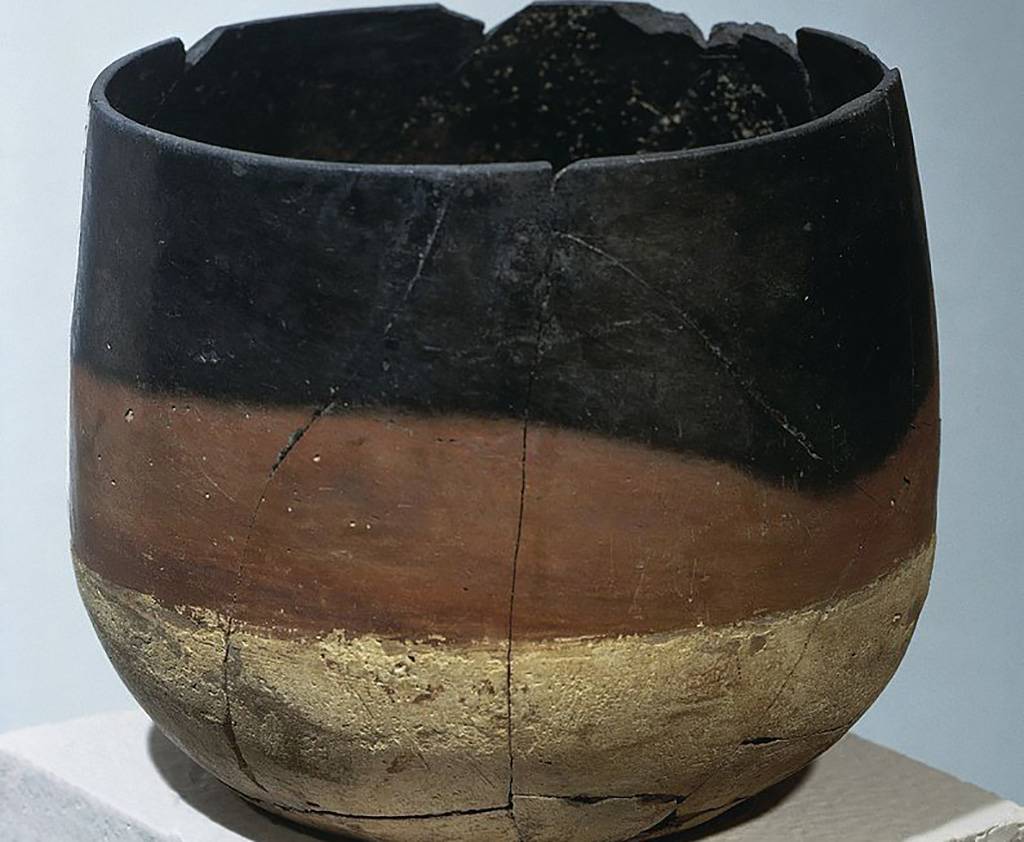
The Badarian Culture flourished between 4400 and 4000 BC, although they may have existed as far back as 5000 BC. They are the earliest evidence of agriculture in Upper Egypt during the Predynastic Era with around 40 settlements and six hundred graves being located up to this point.
Their economy was based on living off of the land as well as domesticated animals and used tools such as axes, sickles, and even arrowheads. Many of those found buried were buried in the same manner, looking west towards the land of the dead and were buried with pottery.
The Dawenkou Culture Loved Their Precious Stones
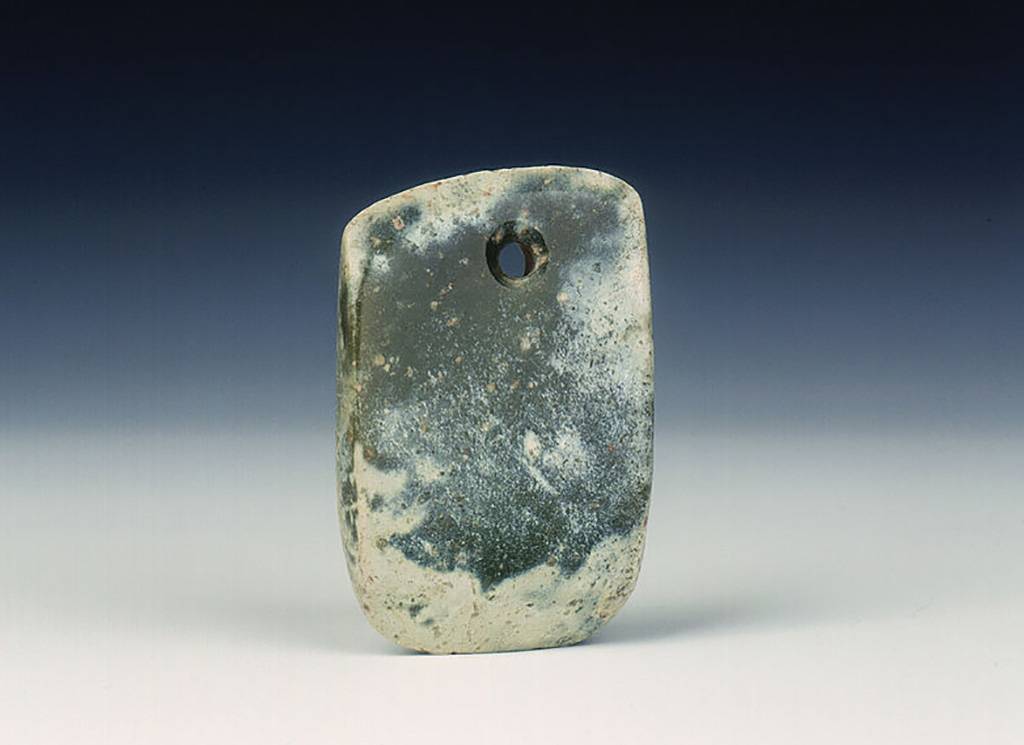
The Dawenkou culture is a name given by archaeologists to a group of Neolithic communities that mostly existed in Shandong, but have also proved to have lived in Anhui, Henan, and Jiangsu, China as well.
Existing between 4100 BC to 2600 BC, the culture is known for its vast amounts of turquoise, ivory, and jade artifacts found at many of these sites. The culture has been divided into three phases by archeologists known as the first phase, second phase, and the third phase, in which they were able to see the people’s evolution.
The Argaric Culture Were Masters Of Bronze

Named after the site El Argar near the town of Antas in southwestern Spain, El Argar was an Early Bronze Age culture that existed between 2200 BC and 1550 BC. They are regarded for their early adoption of bronze, which allowed them to dominate the less industrious Copper Age peoples.
They are also known for their skill with pottery and ceramic goods that they were known to trade with other Mediterranean tribes. The culture was also advanced in mining, bring up bronze, silver, and gold from the earth for tools, weapons, and jewelry.
Sparta Was One Of The Worst Ancient City States For Kids
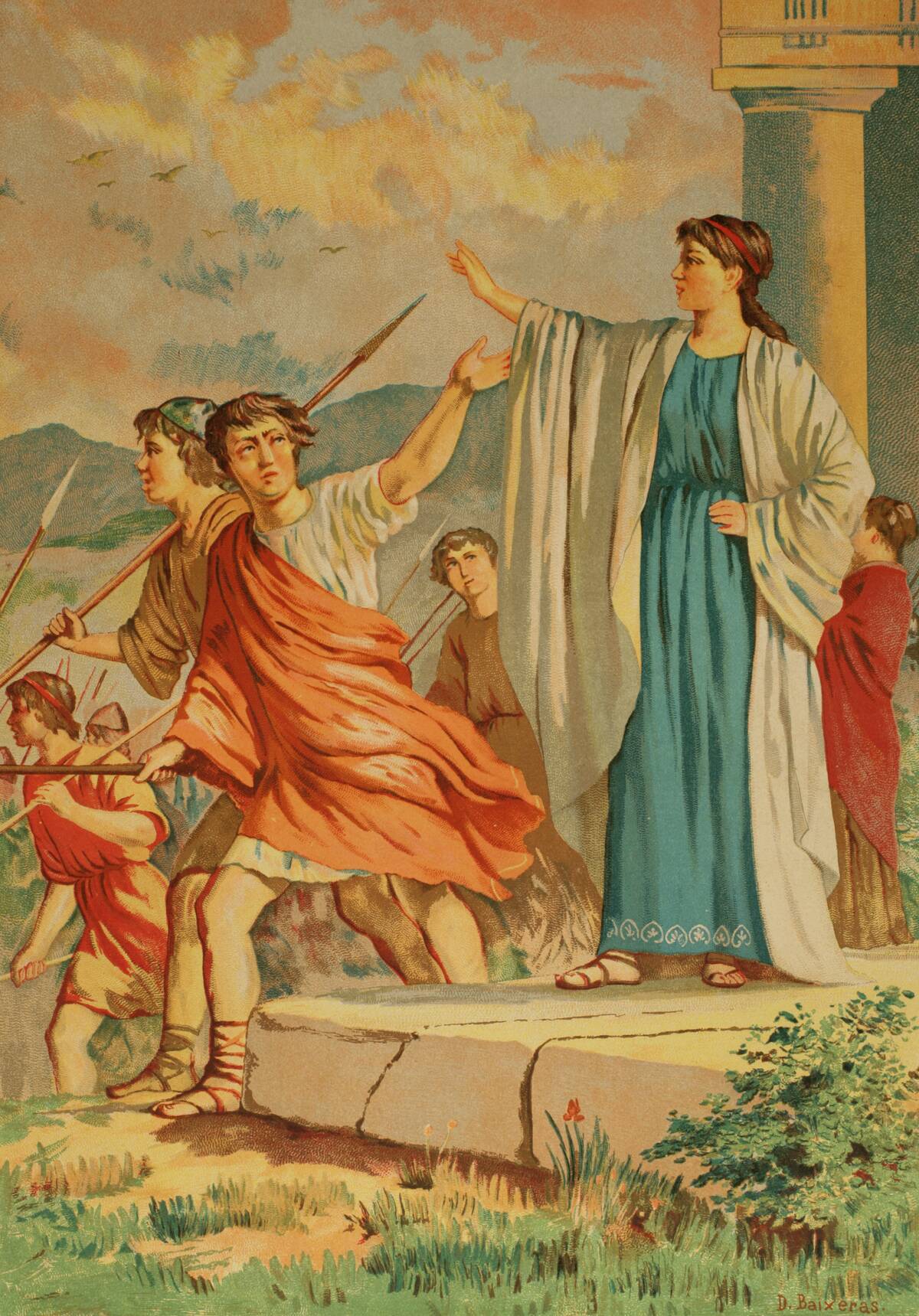
According to The History Channel, the ancient Spartans were not only the most likely to abandon a new baby in all of ancient Greece, but boys who survived this process were forced into military training at age seven. Worse yet, this training went way beyond a modern military school and into outright brutality.
Their skin was intentionally neglected to make it hard and dry, they only received one cloak to use year-round, were severely undernourished, and had to build their own beds out of plants. If they were considered insufficiently fit, they’d be flogged. They were also pitted against other children in violent contests.
Toilet Paper Was Invented In Ancient China

As established, one of the most revolutionary aspects of ancient Chinese life concerned the invention and proliferation of paper. However, it seems that they thought of just as many uses for paper back then as we have now.
According to Forbes, toilet paper was invented in China during the Sixth Century, shortly before the establishment of the Tang Dynasty. It’s worth noting that modern toilet paper wouldn’t become commercially available in the Western world until Joseph Gayetty first marketed it in 1857.
Aztecs Played A Game With The Highest Possible Stakes
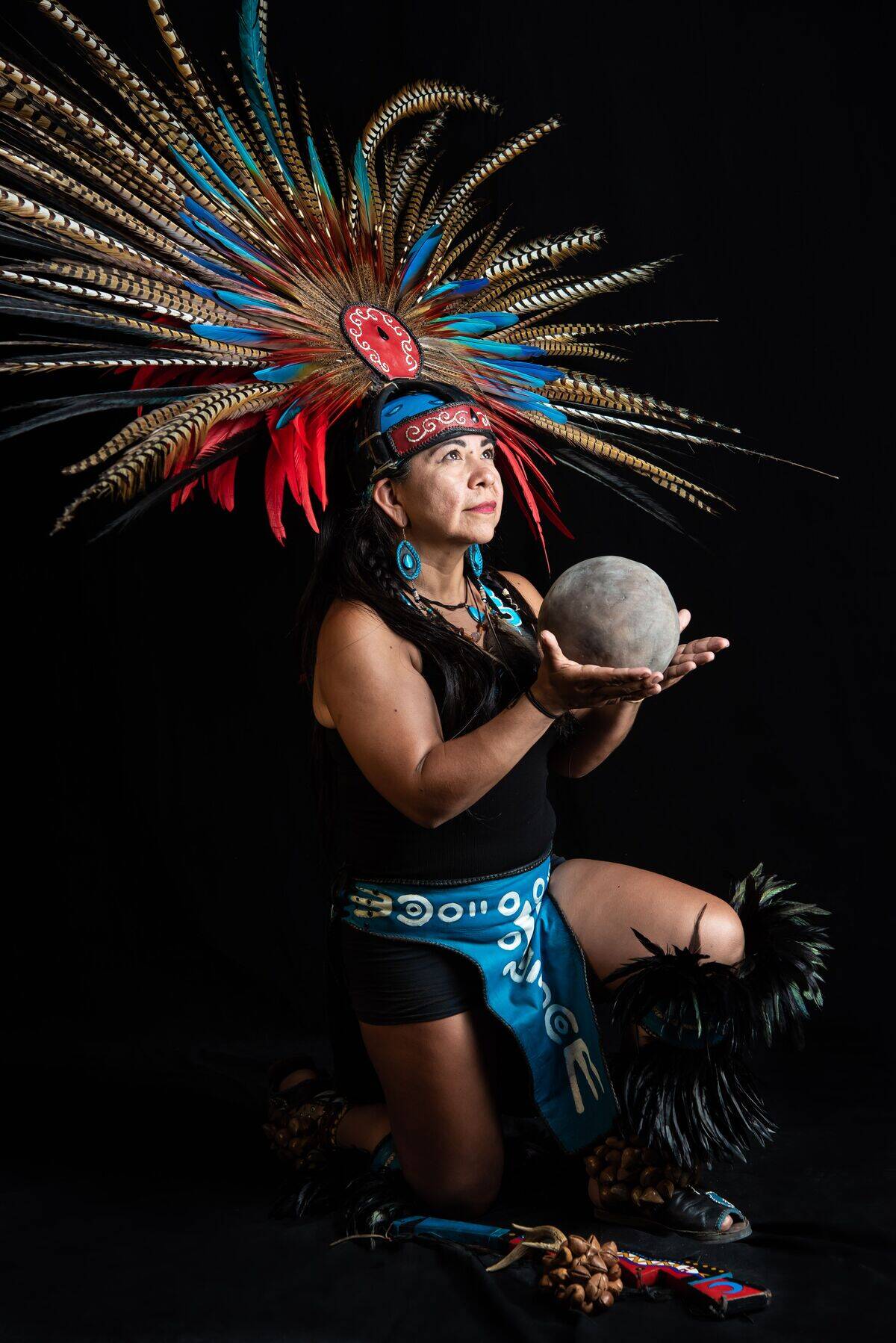
Although Atlas Obscura noted that the game, simply called the Mesoamerican ball game, originated among the Mayans, but was further refined by the Aztecs. Although it’s a little unclear exactly how the game was played, it seemed similar to volleyball or racquetball, only without a net and with the expectation that players would hit the ball with their hips.
This was no easy feat, as the ball was made of solid rubber and weighed up to ten pounds. At the same time, it was a game that all participants would be fiercely competitive about, as it wasn’t unheard of for human sacrifice to be the consequence for losing.
Incas Used Colorful Knots For Record-Keeping
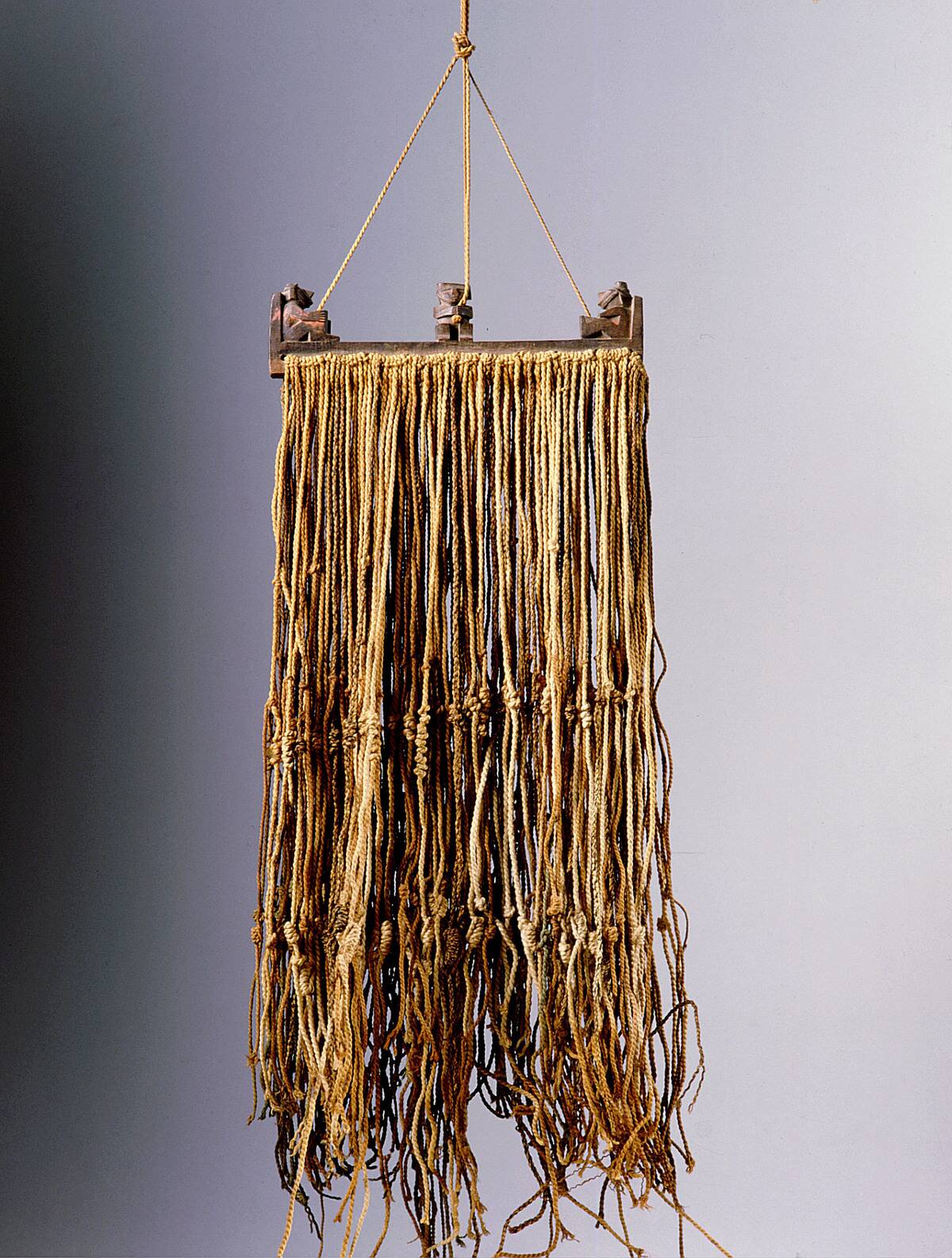
Despite lacking a formal writing system, the Incas were able to organize to such a degree that they left behind a vast and storied empire. That was made possible in an organizational and logistical sense due to a system of signifying knots called quipu.
According to the Smithsonian Institute, that’s the Quechua word for “knot” and involved an intricate combination of thread and llama hair that was colored, spun, plied, and knotted in specific patterns to keep records that other Incas could understand. There are about 600 quipus remaining in the world.




